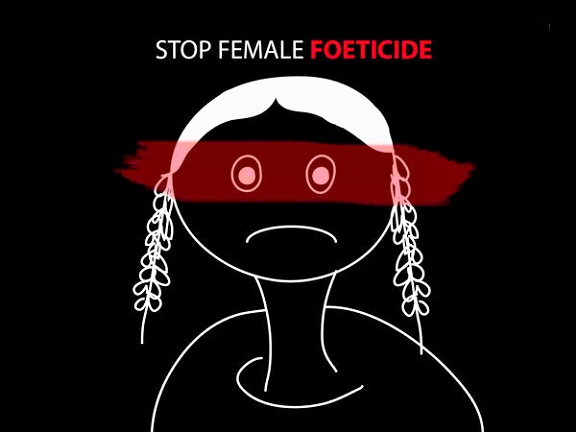Female foeticide, the selective abortion of female fetuses, remains a disturbing issue even in 2024, revealing deep-seated gender bias and societal preferences that devalue the lives of girls. This blog post delves into the socio-cultural roots, legal frameworks, technological influences, and long-term consequences of female foeticide. It also explores potential solutions to eradicate this practice and shift societal attitudes towards valuing every life equally.
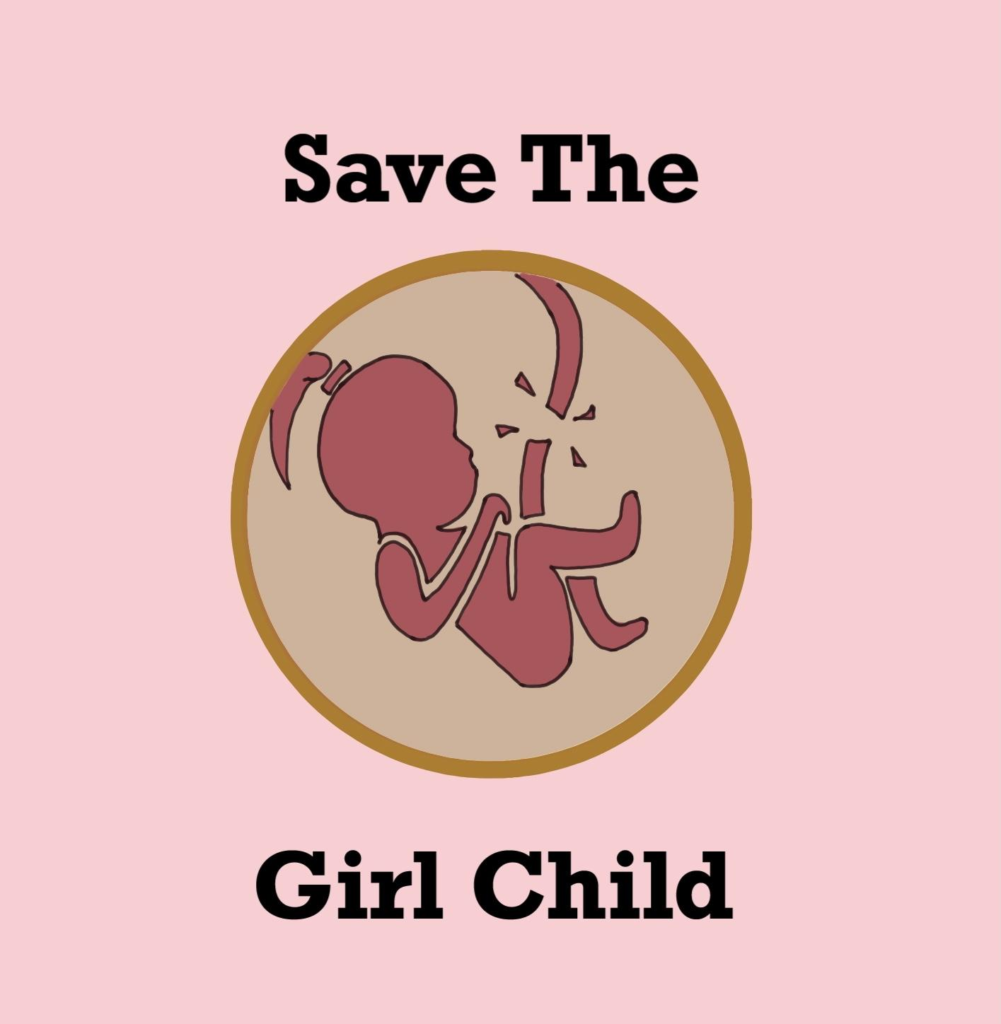
In This Post
ToggleThe Socio-Cultural Roots of Female Foeticide
At the heart of female foeticide lies a patriarchal society that places a higher value on male children than female ones. In many cultures, particularly in India, male children are often seen as carriers of the family name and future providers, whereas female children are viewed as financial burdens due to dowry practices and inheritance customs.
Patriarchy deeply entrenched in society perpetuates these cultural preferences, making female foeticide a reflection of broader societal norms that favor males. The cultural practice of dowry, where a bride’s family is expected to pay substantial sums of money or gifts to the groom’s family, further reinforces the preference for male offspring. In rural areas, the belief that a son will support parents in old age while a daughter leaves to join her husband’s family exacerbates this bias.
Religion also plays a significant role in perpetuating these gender biases. In some communities, religious interpretations that emphasize male offspring for ritualistic purposes, such as performing last rites, contribute to the preference for sons. Economic considerations, too, drive this practice; families in poverty often view daughters as an economic liability due to the dowry system and the perceived inability of women to contribute financially.
Legal Framework and Government Initiatives
Over the years, several legal measures have been introduced to combat female foeticide. The Pre-Conception and Pre-Natal Diagnostic Techniques (PCPNDT) Act of 1994 was a landmark law in India aimed at preventing sex-selective abortions. This act prohibits sex determination of the fetus and has strict penalties for those found guilty of conducting or facilitating such practices. However, despite its stringent provisions, the law has faced significant implementation challenges.
The government has also launched initiatives like the Beti Bachao Beti Padhao (Save the Girl Child, Educate the Girl Child) scheme to address the issue of female foeticide and improve the status of girls in society. This program focuses on raising awareness, improving the efficiency of welfare services intended for girls, and enforcing existing laws. Yet, the impact of these initiatives has been mixed, with many areas still witnessing skewed sex ratios.

Technological Advancements and Their Role in Female Foeticide
While technology has advanced considerably, its misuse has significantly contributed to the persistence of female foeticide. Ultrasound technology, which can determine the sex of a fetus as early as 14 weeks into pregnancy, is often exploited for sex-selective abortions. In regions where the preference for male children is strong, expectant parents may choose to abort female fetuses, contributing to the skewed sex ratio.
The ethical dilemma surrounding the use of technology in this context is profound. On the one hand, ultrasound technology plays a crucial role in monitoring the health and development of the fetus. On the other, its misuse for sex determination and subsequent female foeticide raises serious moral and ethical concerns.
Statistical Overview: The Global and Indian Context
Female foeticide is not just an issue confined to India; it is a global problem with serious demographic implications. Globally, countries like China, Vietnam, and South Korea have also struggled with skewed sex ratios due to a strong cultural preference for male children. In China, the one-child policy, combined with a preference for sons, led to a significant gender imbalance, which the country is now grappling with as it faces a shortage of women of marriageable age.
In India, the situation remains dire, with certain states showing alarmingly skewed sex ratios. According to the latest data, states like Haryana, Punjab, and Uttar Pradesh have some of the lowest child sex ratios in the country. This skewed ratio has led to long-term demographic consequences, including a shortage of women for marriage, increased trafficking of women, and a rise in violence against women.
The impact of this gender imbalance is far-reaching. In communities with significantly fewer women, the social fabric is disrupted, leading to an increase in crimes such as trafficking and forced marriages. Additionally, the psychological impact on women and girls in these communities is profound, as they are often treated as commodities rather than individuals with their own rights and dignity.

Psychological and Social Impact of Female Foeticide
- The psychological impact of female foeticide on women and society is devastating. Women who are coerced or pressured into aborting female fetuses often suffer from severe emotional and psychological trauma. The act of female foeticide not only devalues the life of the unborn girl but also perpetuates the belief that women are worth less than men. This belief, in turn, affects the way women and girls are treated in society.
- In communities where female foeticide is prevalent, the value of women is diminished, leading to a range of social issues. The shortage of women leads to increased competition among men for brides, which can result in practices such as bride trafficking, forced marriages, and even polyandry. These practices further dehumanize women and contribute to a cycle of gender-based violence and discrimination.
- The gender imbalance caused by female foeticide also has long-term consequences for society as a whole. Skewed sex ratios disrupt the social equilibrium, leading to increased violence and social unrest. In some areas, the shortage of women has led to an increase in crimes such as kidnapping, human trafficking, and sexual violence. These crimes, in turn, create a cycle of fear and insecurity that affects entire communities.
Case Studies: Understanding the Ground Reality
To fully understand the gravity of female foeticide, it is essential to look at specific case studies that highlight the real-world implications of this practice. In India, several high-profile cases have brought the issue of female foeticide to the forefront, sparking public outrage and leading to calls for stricter enforcement of laws.
- One such case is the infamous incident in Beed, Maharashtra, where a doctor was found to be conducting illegal sex determination tests and abortions. The case shocked the nation and led to a crackdown on illegal clinics in the area. However, despite these efforts, female foeticide continues to be a significant problem in many parts of the country.
- Internationally, countries like South Korea have also struggled with female foeticide but have seen some success in combating the practice. Through a combination of public awareness campaigns, legal reforms, and economic incentives, South Korea has managed to reduce its gender imbalance significantly. These case studies provide valuable insights into the challenges and successes in the fight against female foeticide.
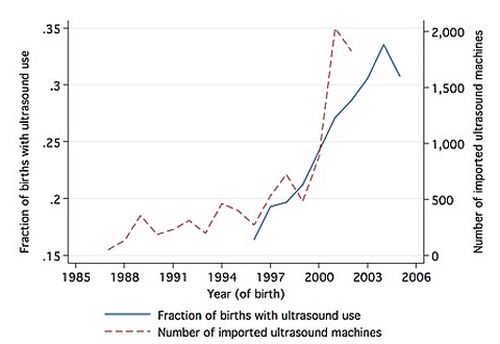
Role of Education and Awareness in Combating Female Foeticide
- Education and awareness are critical components in the fight against female foeticide. Educating both men and women about the value of girls and the importance of gender equality can help change societal attitudes and reduce the prevalence of female foeticide.
- Awareness campaigns that highlight the consequences of female foeticide and promote the value of girls can be powerful tools in changing societal norms. Media campaigns, in particular, have played a significant role in raising awareness about female foeticide and encouraging communities to value girls. The “Beti Bachao Beti Padhao” campaign in India is one such example, which has had a positive impact in some regions.
- NGOs and civil society organizations also play a crucial role in combating female foeticide. These organizations often work at the grassroots level, providing education and support to communities, and advocating for stronger enforcement of laws against female foeticide. Their efforts have led to significant changes in attitudes and practices in some areas, although much work remains to be done.
Ethical and Moral Considerations Surrounding Female Foeticide
- The ethical and moral implications of female foeticide are profound. At its core, female foeticide is a violation of the basic human right to life. The act of selectively aborting female fetuses devalues the lives of girls and perpetuates a culture of discrimination and inequality.
- Religious and moral teachings can play a significant role in shaping attitudes towards female foeticide. Many religious leaders and organizations have spoken out against female foeticide, emphasizing the value of all human life. However, in some communities, religious beliefs are used to justify the preference for male children, creating a moral dilemma for those who advocate for gender equality.
- Changing societal ethics is crucial in the fight against female foeticide. As societies evolve, there is a growing recognition of the importance of gender equality and the need to value all children, regardless of their gender. This shift in societal ethics is essential for eradicating female foeticide and creating a more just and equitable world.
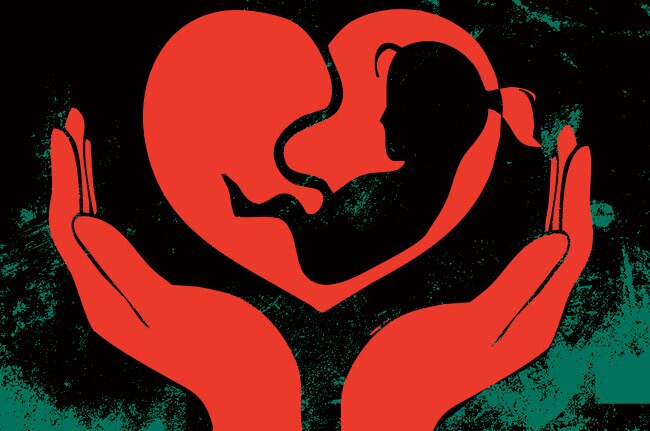
The Role of Media and Technology in Combating Female Foeticide
- The media plays a crucial role in raising awareness about female foeticide and changing societal attitudes. Through documentaries, news reports, and social media campaigns, the media can highlight the devastating consequences of female foeticide and promote the value of girls. In India, the “Beti Bachao Beti Padhao” campaign has utilized media extensively to spread its message and has had a measurable impact in some regions.
- Social media, in particular, has become a powerful tool for advocacy and awareness-raising. Campaigns that go viral on platforms like Twitter and Facebook can reach a wide audience and generate public discourse on the issue. Hashtags like #SaveTheGirlChild and #BetiBachao have brought global attention to the issue of female foeticide and mobilized support for initiatives aimed at eradicating the practice.
- Technology also has a dual role in the fight against female foeticide. While it has been misused for sex determination and selective abortions, it can also be leveraged to monitor and prevent such practices. For example, mobile apps and online reporting systems can enable anonymous reporting of illegal activities related to female foeticide, helping authorities take swift action.
Policy Recommendations and Future Directions
- To effectively combat female foeticide, a multi-faceted approach is required, involving legal, social, and economic measures. Strengthening the implementation of existing laws, such as the PCPNDT Act, is essential. This includes increasing penalties for violations, enhancing monitoring mechanisms, and ensuring that healthcare providers comply with the law.
- Public awareness campaigns need to be intensified, particularly in rural areas where the practice is most prevalent. These campaigns should focus on changing societal attitudes towards girls, emphasizing their value and contributions to society. Education programs that promote gender equality from a young age can help shift cultural norms over time.
- Economic incentives can also play a role in changing attitudes towards female children. Providing financial support to families with daughters, such as through scholarships, grants, and other benefits, can help reduce the economic burden associated with raising girls and make them more valued members of the family.
- Finally, community-based interventions are critical in the fight against female foeticide. Grassroots organizations and NGOs that work directly with communities can be effective in changing attitudes and providing support to families at risk of engaging in female foeticide. These organizations can also play a crucial role in advocating for stronger enforcement of laws and policies aimed at protecting the rights of girls.
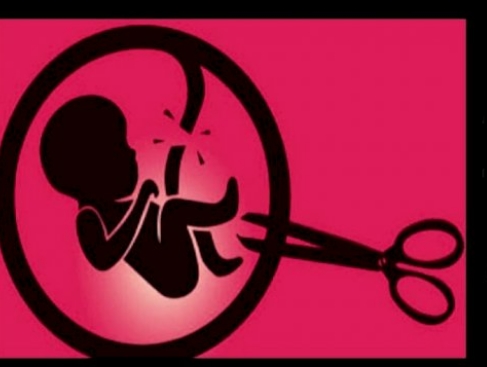
Conclusion: The Path Forward
Female foeticide remains one of the most pressing gender issues of our time. It reflects deep-seated biases and societal preferences that continue to devalue the lives of girls.
Despite legal reforms, public awareness campaigns, and initiatives aimed at combating the practice, female foeticide persists, particularly in regions where patriarchal norms and economic pressures are strongest.Addressing female foeticide requires a concerted effort from all sectors of society. Legal reforms must be strengthened, and enforcement mechanisms must be improved to ensure that those who engage in or facilitate female foeticide are held accountable. Public awareness campaigns must continue to challenge and change societal norms that perpetuate gender discrimination. Economic incentives and support for families with daughters can help reduce the perceived burden of raising girls and make them more valued members of society.
Female foeticide is the selective abortion of female fetuses based on a cultural preference for male children. This practice is often rooted in gender bias and societal norms that devalue the lives of girls.
Female foeticide occurs due to a combination of cultural, economic, and social factors. In many societies, male children are preferred because they are perceived as future providers and carriers of the family name, whereas female children are often seen as a financial burden due to practices like dowry.
In India, the Pre-Conception and Pre-Natal Diagnostic Techniques (PCPNDT) Act of 1994 prohibits sex determination of the fetus and the practice of female foeticide. Penalties for violations include imprisonment and fines. Other countries have similar laws to combat this practice.
Female foeticide has led to skewed sex ratios in many regions, with significantly fewer females compared to males. This imbalance can result in long-term social issues, including a shortage of women for marriage, increased trafficking, and social unrest.
The practice of female foeticide has severe psychological effects on women and society. Women who are pressured into aborting female fetuses often experience emotional trauma and guilt. Societal acceptance of female foeticide perpetuates a culture of gender inequality and devalues the lives of women and girls.
Eradicating female foeticide requires a multifaceted approach, including stricter enforcement of laws, increased public awareness, educational programs promoting gender equality, and economic incentives to support families with daughters. Community-based interventions and grassroots efforts are also crucial in changing societal attitudes and practices.
Technology, particularly ultrasound imaging, has been misused for sex determination and selective abortions. While technology is essential for monitoring fetal health, its misuse has contributed significantly to the practice of female foeticide.

